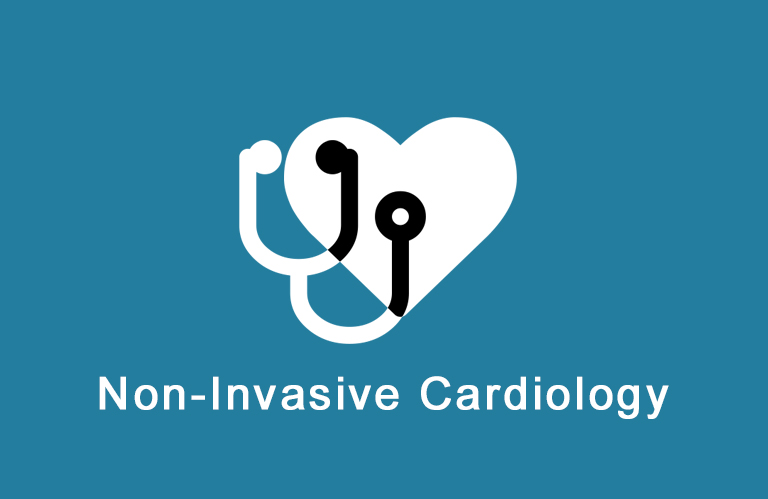CT Angiogram

Procedure:
CT combines the use of X-rays and computerized analysis of the images. A three-dimensional image of a particular area is studied, with the help of a computer. From different angles, X-rays beams are passed from a rotating device through the area of interest in the patient’s body, to obtain projection images. This projected image is assembled and presented by the computer for doctors’ analysis. CTA can be used to examine blood vessels in many key areas of the body, including the coronary arteries, brain, kidneys, pelvis, and the lungs
Major Indications:
- Exclude coronary artery disease, especially in low to intermediate risk patients.
- Examine the pulmonary arteries in the lungs to rule out pulmonary embolism.
- Visualize blood flow in the renal arteries. Also done in prospective kidney donors.
- Identify aneurysms in the aorta or in other major blood vessels.
- Identify dissection in the aorta or its major branches.
- Identify a small aneurysm or arteriovenous malformation inside the brain.
- Detect atherosclerotic disease that has narrowed the arteries to the legs.
Our Offerings
- Aquilion One Prism 640-slice CT Scan
- Pulmonary Hypertension Clinic
- Electrocardiography (ECG or EKG)
- Cardiac biomarkers
- Echocardiography
- Transthoracic (TTE) Echocardiography
- Transesophageal echocardiogram
- Stress echocardiography
- Treadmill test
- Holter monitor (or ambulatory electrocardiography device)
- Head up Tilt table test
- Defibrillation
- CT Angiogram
- Cardiovascular magnetic resonance imaging (Cardiac MRI)




